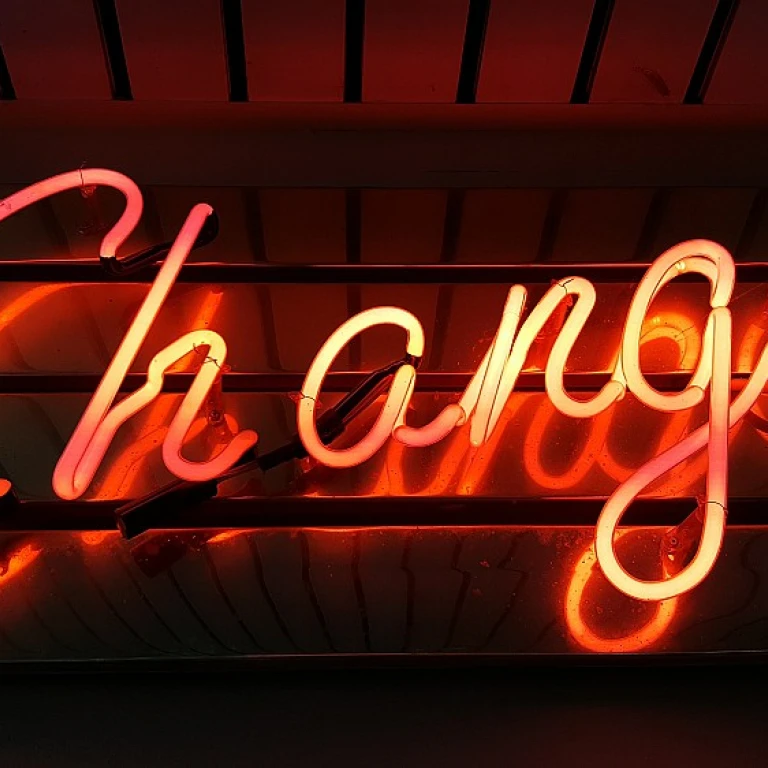The Role of the Norming Phase
Understanding the Importance of the Third Stage in the Team Journey
The norming phase plays a crucial role in team development, as it marks the point where individual members start coming together as a cohesive group. It's often considered the turning point in the Tuckman stages, following the challenges of the forming and storming phases. During this stage, team members begin to align their roles with the group's goals, and this alignment is essential for setting the foundation for future success.
In the norming stage, the team dynamics shift towards cooperation and collaboration. Members feel more comfortable sharing ideas, providing feedback, and working together towards common objectives. This is where the transformative power of teamwork begins to emerge, creating a supportive environment where everyone is engaged and motivated to contribute.
The team leader's role is critical during this stage, as they help facilitate communication and foster a culture of mutual respect and trust among group members. Their guidance ensures that the team remains focused on growth and development, moving efficiently towards the performing stage where high productivity can be achieved.
One of the key aspects of the norming phase is that it helps establish a clear structure within the group, setting the stage for effective project management and successful completion of tasks. By understanding the importance of this phase, leaders and team members alike can work towards enhancing engagement and strengthening team cohesiveness. For more insights on building stronger teams, explore the resources available that delve into the role of team building in employee engagement.
Characteristics of the Norming Stage
The Significance of the Norming Phase Characteristics
As teams progress through Tuckman's stages of group development, the norming stage signifies a period where team members start to collaborate more effectively. This stage is a critical phase where members begin to fully realize their roles and responsibilities within the group. Key characteristics of the norming stage include improved communication, clarity in work processes, and a sense of cohesion. Each member starts to feel more comfortable voicing their opinions while respecting the viewpoints of others. This stage fosters a supportive environment that is conducive to achieving team goals. During norming, the team leader plays an instrumental role in facilitating discussion and fostering a collaborative culture. This requires attentive leadership to ensure each member’s development aligns with the team's goals. Members begin departing from the conflicts of the storming stage, moving towards mutual respect and understanding. It’s at this point that productivity often increases, as team dynamics stabilize, paving the way for the eventual shift into the performing stage. In addition, the norming stage is when group members become more adept at resolving challenges, whether they are part of project management or interpersonal dynamics. They start drawing on resources and strategies collaboratively, often resulting in innovative solutions that are embraced by the whole team. To further understand how these characteristics can enhance employee engagement during this stage, consider exploring enhancing employee engagement through meaningful team-building experiences. These strategies can be pivotal in cementing the trust and cohesion that are hallmarks of the norming stage, ultimately steering the team towards the performing stage.Challenges in the Norming Stage
Obstacles Encountered in the Harmonization Journey
Understanding the norming stage of team development is essential; however, it comes with its own set of challenges that can impede progress. Recognizing these hurdles helps groups navigate this critical phase effectively and prepares them for the dynamic transition towards performing. Firstly, balancing roles among team members can be difficult. During the storming stage, roles are often contested or unclear, which can linger into the norming phase. Team members may feel uncertain about their contributions or struggle to accept the established roles that emerged during the earlier storming period. This can delay the group's ability to work harmoniously and achieve common goals. Another common challenge is maintaining momentum. While the storming phase might have ignited passion and energy, sustaining this enthusiasm during the norming stage requires deliberate effort. Team leaders must keep engagement high, which involves ongoing encouragement and fostering a supportive environment that highlights each member's skills and input in the project. Additionally, conflict resolution remains a hurdle, albeit less pronounced than in the storming stage. Tensions can still emerge over time, particularly if past grievances have not been fully addressed. A team's development depends on the proactive resolution of these issues, leveraging open communication and mutual understanding. Finally, time constraints can pressure teams to rush through this stage. However, skipping crucial development steps can hinder the establishment of a strong foundation for future stages. Allowing adequate time in the norming phase paves the way for smoother transitions and long-term success. To overcome these obstacles and facilitate group development, fostering an environment where team members readily share feedback is vital. Encouraging open exchanges can significantly enhance workplace dynamics through effective feedback exchange and propel teams into the performing stage with confidence and unity. Through addressing these challenges, the norming stage transforms into a platform for growth, setting the stage for teams to thrive in their collaborative endeavors.Strategies to Enhance Engagement During Norming
Effective Strategies to Boost Team Engagement During the Norming Phase
Developing a cohesive team during the norming stage is crucial for driving overall success in project management. As members start forming stable roles, it's essential to focus on strategies that can enhance engagement and solidify group development.- Promote Clear Communication: Facilitate open dialogue among team members to ensure clarity in roles and responsibilities. Use collaborative tools that allow ongoing discussions to help team members feel heard and valued.
- Encourage Collaborative Problem Solving: By engaging team members in solving issues together, you foster a sense of ownership and commitment. This approach also helps in strengthening interpersonal relationships within the team.
- Establish Shared Goals: Define common objectives that align with the group’s purpose. This will not only guide the team’s efforts but also help the team leader ensure alignment with the overall project goals.
- Regular Feedback and Recognition: Provide constructive feedback and recognize individual and group achievements. This helps in reinforcing positive behaviors and motivating team dynamics.
- Develop Team-building Activities: Incorporate activities designed to enhance trust and cooperation. Such activities can significantly contribute to cohesion, as they address the diverse dynamics prevalent in the storming and forming stages of team development.
- Clarify Role Distribution: Clearly define roles during the norming phase to avoid any confusion or overlaps. This streamlined approach aids in task delegation and helps members feel more confident about their contributions.
- Maintain Flexibility: Be open to adjustments and modifications in plans. Flexibility in the norming stage will cater to evolving team needs and support smoother transitions to the performing stage.












